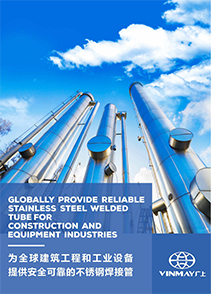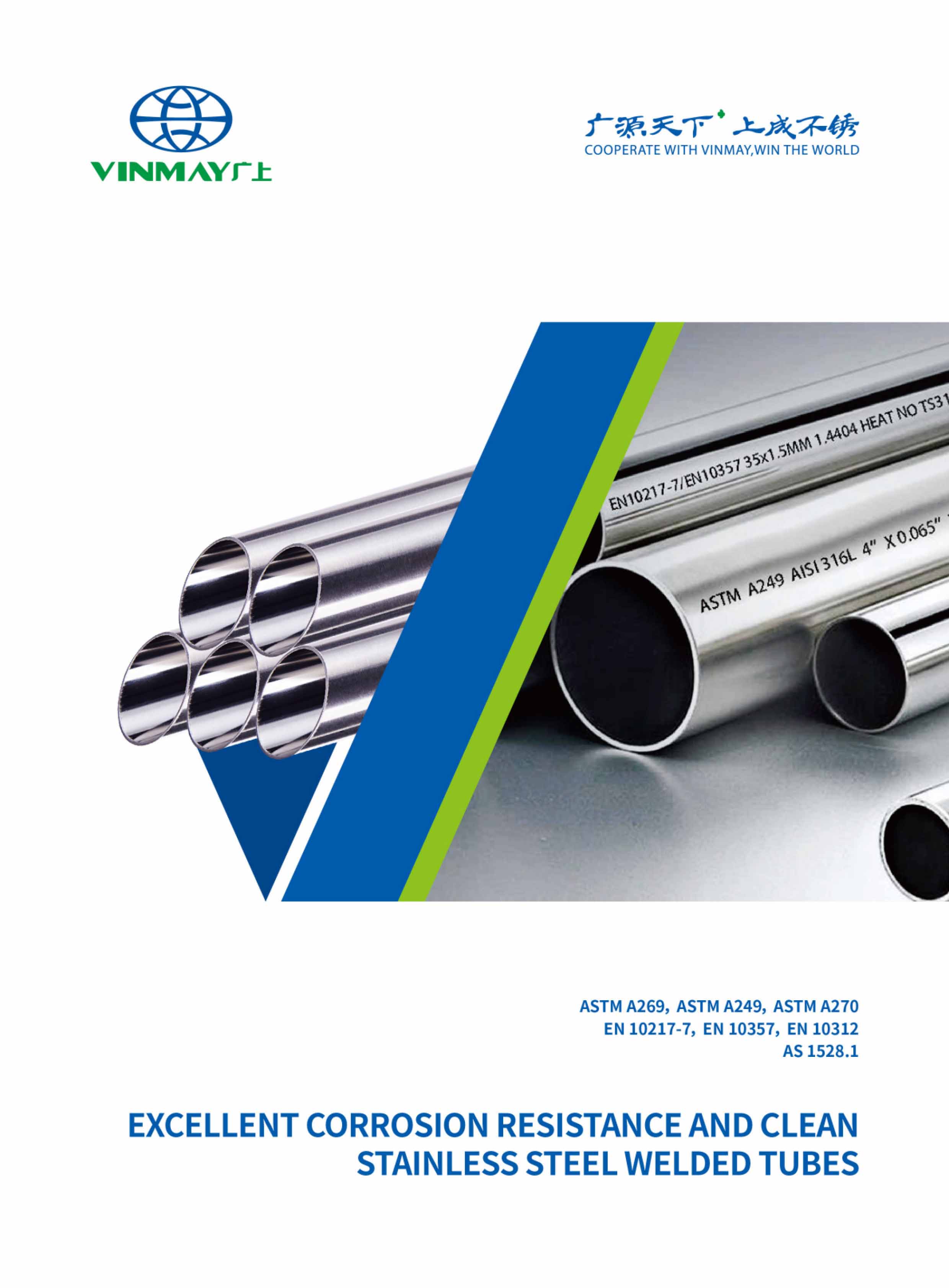When it comes to the design and functionality of stainless steel round pipes, understanding the stainless steel round pipe size is fundamental. These stainless steel round pipe sizes not only dictate the physical integration and compatibility with other components but also influence the mechanical properties such as flow rate and pressure sustainability. Given the critical role these measurements play in a wide array of industrial applications—from petrochemical processing to modern architectural structures—the necessity for precise and standardized sizing becomes apparent. As we explore the implications of these stainless steel round pipe sizes further, one must consider how such standards impact both the efficiency and effectiveness of project outcomes in various engineering sectors.
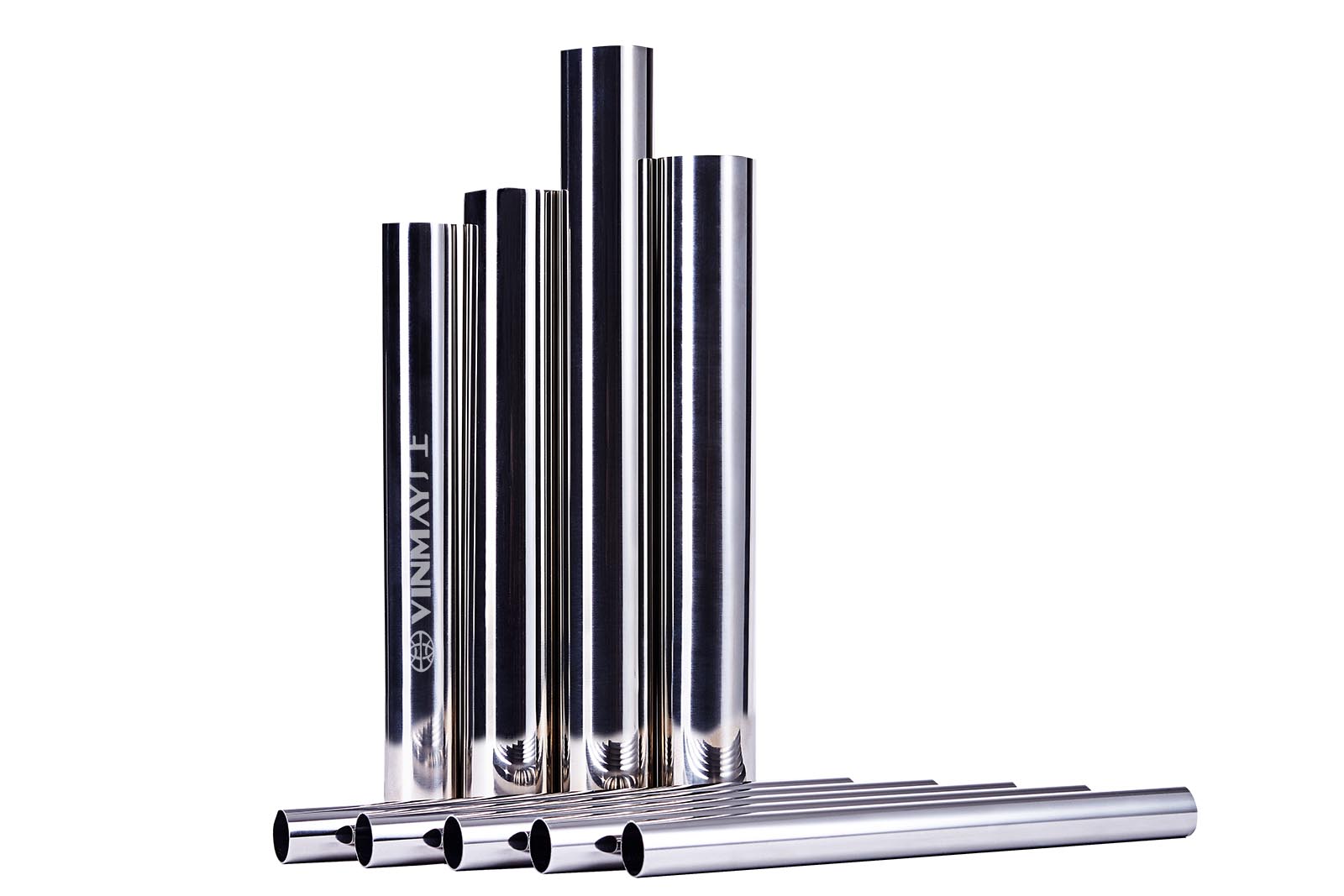
Stainless steel round pipes are cylindrical tubes recognized for their exceptional strength, durability, and corrosion resistance, making them ideal for a variety of industrial applications. The sturdy nature of these pipes primarily arises from their high corrosion resistance, which ensures long-lastingness and reliability in harsh environments. Typically used in construction applications, these pipes play vital roles in structural supports and framing, as well as in the conveyance of fluids and gases where the integrity of the material is crucial.
When discussing stainless steel round pipe size and material grades, it is crucial to take into account the specific requirements of the project. The stainless steel round pipe sizes are usually specified in metric measurements, which enable precision and compatibility in international projects. Metric measurements, often detailed in millimeters, allow for clear and simple specifications and integration into various components and systems.
The selection of the appropriate material grades impacts the pipe's performance, especially its ability to withstand environmental challenges such as moisture and chemical exposure. Understanding the interaction between material grades and the specific stainless steel round pipe sizes tailored to construction needs emphasizes the critical nature of these components in industrial applications.
When selecting stainless steel round pipe size , it is important to evaluate the grade as it determines corrosion resistance, durability, and suitability for specific environments.
Grades such as 304, 304L, 309, 310, and 316 offer varying characteristics that cater to different industrial and commercial applications.
Understanding these grades helps in making informed decisions for projects requiring precise specifications in strength and resistance.
Grade 201 stainless steel is a versatile, cost-effective material often used in applications where high corrosion resistance is not critical. It is a type of austenitic stainless steel, known for its good mechanical properties and resistance to oxidation.
Grade 304 is the most common stainless steel grade, offering excellent corrosion resistance and forming properties.
Grade 304L is similar to 304 but with a lower carbon content, making it ideal for welding applications.
Grade 309 is known for its high-temperature resistance, making it suitable for heat treatment and industrial furnace applications.
Grade 310 offers superior oxidation resistance and strength at high temperatures.
Grade 316 provides excellent corrosion resistance, especially in chloride environments, making it ideal for marine applications.
Grade 317 offers higher resistance to pitting and crevice corrosion compared to 316.
Grade 321 is stabilized with titanium, providing excellent resistance to intergranular corrosion.
Stainless steel grade 409 is a ferritic stainless steel that offers good mechanical properties and high-temperature corrosion resistance. It is commonly used in automotive exhaust systems, particularly in catalytic converters, mufflers, and tailpipes. This grade of stainless steel is composed of 10.5-11.75% chromium, which provides its corrosion-resistant properties. It also contains small amounts of other elements, including manganese, silicon, and nickel.
Stainless steel grade 430 is a ferritic stainless steel with excellent corrosion resistance and formability, coupled with useful mechanical properties. It is one of the most widely used of the "non-hardenable" ferritic stainless steels.
| Grade | Carbon (C) | Chromium (Cr) | Nickel (Ni) | Molybdenum (Mo) | Manganese (Mn) | Silicon (Si) | Phosphorus (P) | Sulfur (S) | Titanium (Ti) |
|---|---|---|---|---|---|---|---|---|---|
| 201 | 0.15% max | 16.0-18.0% | 3.5-5.5% | - | 5.0-7.0% | 1.0% max | 0.06% max | 0.03% max | - |
| 304 | 0.08% max | 18.0-20.0% | 8.0-10.5% | - | 2.0% max | 0.75% max | 0.045% max | 0.03% max | - |
| 304L | 0.03% max | 18.0-20.0% | 8.0-12.0% | - | 2.0% max | 0.75% max | 0.045% max | 0.03% max | - |
| 309 | 0.20% max | 24.0-26.0% | 13.0-15.0% | - | 2.0% max | 1.0% max | 0.045% max | 0.03% max | - |
| 310 | 0.25% max | 24.0-26.0% | 19.0-22.0% | - | 2.0% max | 1.0% max | 0.045% max | 0.03% max | - |
| 316 | 0.08% max | 16.0-18.0% | 10.0-14.0% | 2.0-3.0% | 2.0% max | 0.75% max | 0.045% max | 0.03% max | - |
| 317 | 0.10% max | 18.0-20.0% | 11.0-15.0% | 3.0-4.0% | 2.0% max | 1.0% max | 0.045% max | 0.03% max | - |
| 321 | 0.08% max | 17.0-19.0% | 9.0-12.0% | - | 2.0% max | 0.75% max | 0.045% max | 0.03% max | 5.0-7.0% |
| 430 | 0.12% max | 16.0-18.0% | 0.75% max | - | 1.0% max | 1.0% max | 0.040% max | 0.03% max | - |
| 409 | 0.08% max | 10.5-11.75% | 0.50% max | - | 0.50-1.0% | 1.0% max | 0.040% max | 0.03% max | - |
| Grade | Tensile Strength (MPa) | Yield Strength (MPa) | Elongation (%) | Hardness (HB) |
|---|---|---|---|---|
| 201 | 505-735 | 275-515 | 40-50 | 88-217 |
| 304 | 520-720 | 215-505 | 40-50 | 70-201 |
| 304L | 480-690 | 170-310 | 40-50 | 70-200 |
| 309 | 655-825 | 275-690 | 40-50 | 120-250 |
| 310 | 705-965 | 275-690 | 40-50 | 150-250 |
| 316 | 515-690 | 205-515 | 40-50 | 90-220 |
| 317 | 520-700 | 240-550 | 40-50 | 100-230 |
| 321 | 505-720 | 205-515 | 40-50 | 90-220 |
| 430 | 450-600 | 275-450 | 20-30 | 150-250 |
| 409 | 400-600 | 220-310 | 20-30 | 150-250 |
You may also like:
The Ultimate Guide to Grade of Stainless Steel Pipe
Type of Different Stainless Steel Tube Material
ASTM A554 outlines the specifications and applications for stainless steel welded tube, commonly used in structural and ornamental stainless steel tube. This standard is pivotal in ensuring high-quality, durable products.
Here's how the ASTM A554 specification impacts various aspects of the manufacturing process:
Manufacturing Techniques:
Surface Finishes:
Welding Methods:
Testing Procedures:
Material Composition:
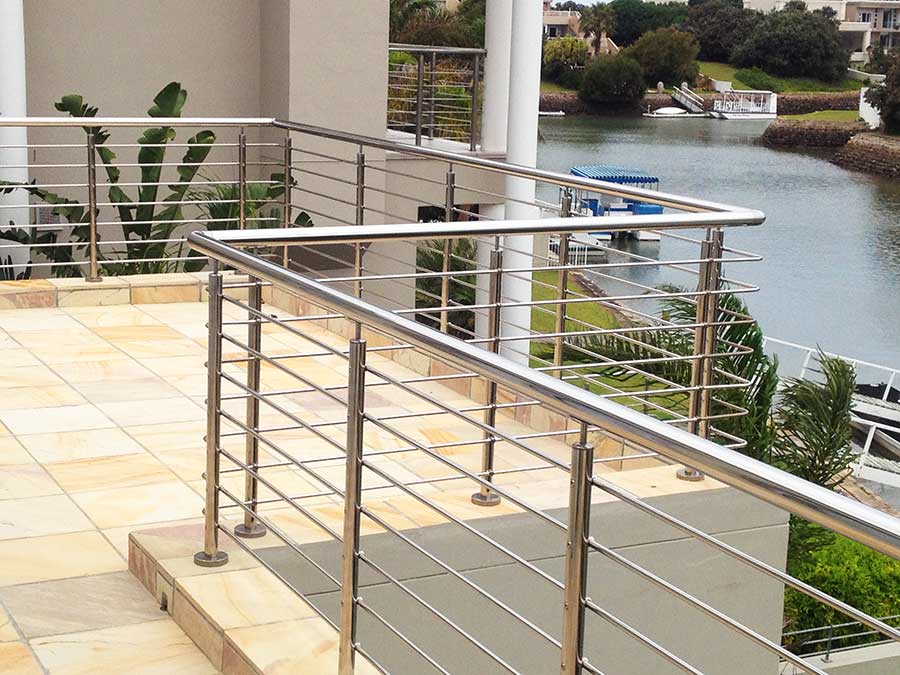
While ASTM A554 focuses on structural and ornamental tubing, ASTM A270 sets the standards for austenitic and ferritic-austenitic stainless steel sanitary tubing, primarily used in the dairy, food, stainless steel sanitary tube systems and beverage industries. This specification guarantees that the tubing is capable of handling the strict sanitation requirements necessary for food processing.
A key aspect of ASTM A270 is the attention to surface finish and polishing, which are vital to prevent bacterial contamination and guarantee easy cleaning. The manufacturing process under ASTM A270 includes specific welding techniques designed to maintain the integrity and smoothness of the interior surface. These techniques help in avoiding crevices and inclusions that could harbor bacteria.
The material composition is also strictly defined under this standard, with a focus on high corrosion resistance and durability to withstand the acidic and alkaline environments typical in food processing. ASTM A270 also emphasizes the importance of maintaining a high-quality finish not just internally but externally, enhancing the overall durability and lifespan of the tubing.
This standard is essential for industries where sanitary conditions are paramount, guaranteeing that the stainless steel tubing can reliably transport liquids without any risk of contamination.
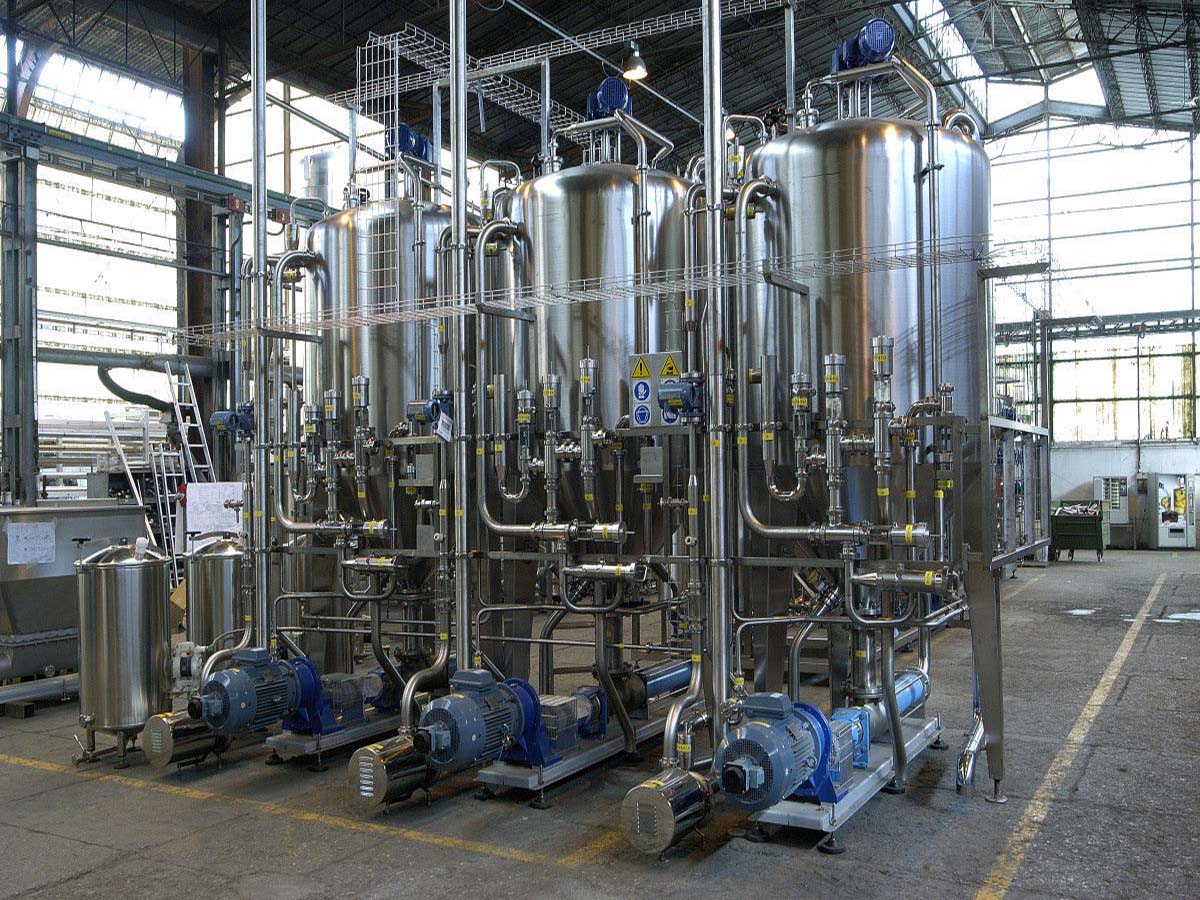
Stainless Steel Round Tubes adhere to the specifications set by ASTM A249/A269, which establish the requirements for boiler, superheater, stainless steel tube for heat exchanger, and condenser tubes. These standards guarantee that the tubes are capable of withstanding high pressures and temperatures while maintaining efficiency and durability.
Here's an overview of key elements outlined in these specifications:
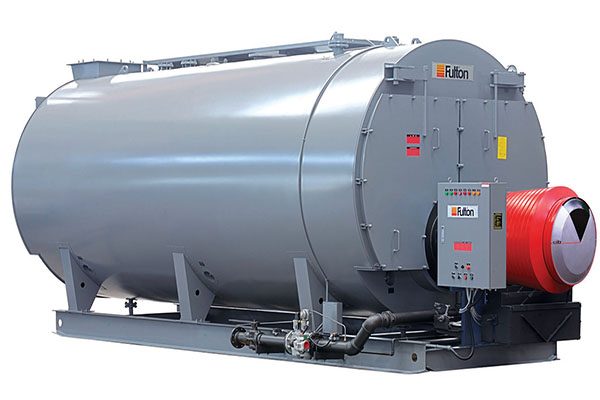
In the domain of stainless steel circular tubes, the ASTM A312 standard specifies the requirements for seamless and welded austenitic stainless steel tubes, primarily used for high-temperature and general corrosive service applications. This standard is essential in defining the manufacturing process, guaranteeing that each pipe meets strict criteria for durability and performance. The material composition outlined under ASTM A312 includes various grades of stainless steel, each selected for its corrosion resistance and suitability for specific environments.
Key to the ASTM A312 standard is its emphasis on advanced welding techniques. These techniques are crucial for achieving strong, leak-proof joints necessary for high-pressure and high-temperature applications. Proper welding not only maintains the structural integrity of the pipe but also preserves the corrosion resistance of the material, which is important in harsh operating conditions.
Furthermore, ASTM A312 tubes are renowned for their ability to perform under extreme temperatures. This makes them an ideal choice for industries such as chemical processing, oil and gas, and power generation, where materials must withstand both high temperatures and corrosive substances. The detailed specifications ensure that each pipe can be reliably used in these demanding applications, providing a dependable solution for industrial piping systems.
Learn more :
Unlocking the Strength of Stainless Steel: A Guide to Stainless Steel Tube Standards
In this section, we will examine the dimensions of stainless steel round pipes as defined by various ASTM standards. These standards include ASTM A554, ASTM A270, ASTM A249, and ASTM A312.
These standards outline specific size lists that are essential for ensuring compatibility and performance in various applications.
A detailed table format will be used to present these stainless steel round pipe sizes clearly, aiding in selection and specification processes for diverse industry needs.
Stainless Steel Round Pipe Size
| OD Size, in.(mm) | in. | Wall Thickness mm | OD, ± in. | mm |
| Under 1/2 (12.7) | 0.020 to 0.049 | 0.51 to 1.24 | 0.004 | 0.10 |
| 1/2 to 1 (12.7 to 25.4) | 0.020 to 0.065 | 0.51 to 1.65 | 0.005 | 0.13 |
| 1/2 to 1 (12.7 to 25.4) | over 0.065 to 0.134 | over 1.65 to 3.40 | 0.010 | 0.25 |
| Over 1 to 1 1/2 (25.4 to 38.1), incl | 0.025 to 0.065 | 0.64 to 1.65 | 0.008 | 0.20 |
| Over 1 to 1 12 (25.4 to 38.1), incl | over 0.065 to 0.134 | over 1.65 to 3.40 | 0.010 | 0.25 |
| Over 1 12 to 2 (38.1 to 50.8), incl | 0.025 to 0.049 | 0.64 to 1.24 | 0.010 | 0.25 |
| Over 1 12 to 2 (38.1 to 50.8), incl | over 0.049 to 0.083 | over 1.24 to 2.11 | 0.011 | 0.28 |
| Over 1 1/2 to 2 (38.1 to 50.8),incl | over 0.083 to 0.149 | over 2.11 to 3.78 | 0.012 | 0.30 |
| Over 2 to 2 1/2 (50.8 to 63.5), incl | 0.032 to 0.065 | 0.81 to 1.65 | 0.012 | 0.30 |
| Over 2 to 2 1/2 (50.8 to 63.5), incl | over 0.065 to 0.109 | over 1.65 to 2.77 | 0.013 | 0.33 |
| Over 2 to 2 12 (50.8 to 63.5), incl | over 0.109 to 0.165 | over 2.77 to 4.19 | 0.014 | 0.36 |
| Over 2 1/2 to 3 1/2 (63.5 to 88.9), incl | 0.032 to 0.165 | 0.81 to 4.19 | 0.014 | 0.36 |
| Over 2 1/2 to 3 1/2 (63.5 to 88.9), incl | over 0.165 | over 4.19 | 0.020 | 0.51 |
| Over 3 1/2 to 5 (88.9 to 127.0), incl | 0.035 to 0.165 | 0.89 to 4.19 | 0.020 | 0.51 |
| Over 3 12 to 5 (88.9 to 127.0),incl | over 0.165 | over 4.19 | 0.025 | 0.64 |
| Over 5 to 7 1/2 (127.0 to 190.5),incl | 0.049 to 0.250 | 1.24 to 6.35 | 0.025 | 0.64 |
| Over 5 to 7 1/2 (127.0 to 190.5),incl | over 0.250 | over 6.35 | 0.030 | 0.76 |
| Over 7 1/2 to 16 (190.5 to 406.4),incl | all | all | 0.00125 in./in. or mm/mm of circumference |
|
Tolerance
| OD Size, in. (mm) | OD,± | ID,± | ||
| in. | mm | in. | mm | |
| Up to 3/32 (2.4), excl | 0.001 | 0.03 | 0.001 | 0.03 |
| 3/32 3/15 (2.4 to 4.8), excl | 0.0015 | 0.038 | 0.0015 | 0.038 |
| 3/16 to 1/2 (4.8 to 12.7), excl | 0.003 | 0.08 | 0.005 | 0.13 |
| 1/2 to 1 (12.7 to 25.4), excl | 0.004 | 0.10 | 0.006 | 0.15 |
| 1 to 1-1/2 (25.4 to 38.1),excl | 0.005 | 0.13 | 0.007 | 0.18 |
| 1- 1/2 to 2 (38.1 to 50.8),excl | 0.006 | 0.15 | 0.008 | 0.20 |
| 2 to 2- 1/2 (50.8 to 63.5),excl | 0.007 | 0.18 | 0.010 | 0.25 |
| 2-1/2 to 3-1/2 (63.5 to 88.9),excl | 0.010 | 0.25 | 0.014 | 0.36 |
| 3-1/2 to 5 (88.9 to 127.0),incl | 0.015 | 0.38 | 0.020 | 0.51 |
| Over 5 to 16 (127.0 to406.4), incl | 0.00125 in/in.or mm/mm of circumference | 0.0013 in/in. or mm/mm of circumference |
Length and Tolerance
| OD Size, in.(mm) | in. | Wall Thickness mm | OD, ± in. | mm |
| Under 1/2 (12.7) | 0.020 to 0.049 | 0.51 to 1.24 | 0.004 | 0.10 |
| 1/2 to 1 (12.7 to 25.4) | 0.020 to 0.065 | 0.51 to 1.65 | 0.005 | 0.13 |
| 1/2 to 1 (12.7 to 25.4) | over 0.065 to 0.134 | over 1.65 to 3.40 | 0.010 | 0.25 |
| Over 1 to 1 1/2 (25.4 to 38.1), incl | 0.025 to 0.065 | 0.64 to 1.65 | 0.008 | 0.20 |
| Over 1 to 1 12 (25.4 to 38.1), incl | over 0.065 to 0.134 | over 1.65 to 3.40 | 0.010 | 0.25 |
| Over 1 12 to 2 (38.1 to 50.8), incl | 0.025 to 0.049 | 0.64 to 1.24 | 0.010 | 0.25 |
| Over 1 12 to 2 (38.1 to 50.8), incl | over 0.049 to 0.083 | over 1.24 to 2.11 | 0.011 | 0.28 |
| Over 1 1/2 to 2 (38.1 to 50.8),incl | over 0.083 to 0.149 | over 2.11 to 3.78 | 0.012 | 0.30 |
| Over 2 to 2 1/2 (50.8 to 63.5), incl | 0.032 to 0.065 | 0.81 to 1.65 | 0.012 | 0.30 |
| Over 2 to 2 1/2 (50.8 to 63.5), incl | over 0.065 to 0.109 | over 1.65 to 2.77 | 0.013 | 0.33 |
| Over 2 to 2 12 (50.8 to 63.5), incl | over 0.109 to 0.165 | over 2.77 to 4.19 | 0.014 | 0.36 |
| Over 2 1/2 to 3 1/2 (63.5 to 88.9), incl | 0.032 to 0.165 | 0.81 to 4.19 | 0.014 | 0.36 |
| Over 2 1/2 to 3 1/2 (63.5 to 88.9), incl | over 0.165 | over 4.19 | 0.020 | 0.51 |
| Over 3 1/2 to 5 (88.9 to 127.0), incl | 0.035 to 0.165 | 0.89 to 4.19 | 0.020 | 0.51 |
| Over 3 12 to 5 (88.9 to 127.0),incl | over 0.165 | over 4.19 | 0.025 | 0.64 |
| Over 5 to 7 1/2 (127.0 to 190.5),incl | 0.049 to 0.250 | 1.24 to 6.35 | 0.025 | 0.64 |
| Over 5 to 7 1/2 (127.0 to 190.5),incl | over 0.250 | over 6.35 | 0.030 | 0.76 |
| Over 7 1/2 to 16 (190.5 to 406.4),incl | all | all | 0.00125 in./in. or mm/mm of circumference |
| Diameter (inches) | Wall Thickness (inches) | Typical Use |
|---|---|---|
| 0.5 | 0.065 | General fluid transport |
| 1.0 | 0.065 | Food and beverage systems |
| 2.0 | 0.065 | Sanitary applications |
| Nominal Pipe Size (NPS) | Outer Diameter (OD) | Wall Thickness | Schedule | Weight (Per Foot) |
|---|---|---|---|---|
| 1/8" | 0.405" | 0.068" | 40 | 0.24 lbs |
| 1/4" | 0.540" | 0.088" | 40 | 0.42 lbs |
| 3/8" | 0.675" | 0.091" | 40 | 0.57 lbs |
| 1/2" | 0.840" | 0.109" | 40 | 0.85 lbs |
| 3/4" | 1.050" | 0.113" | 40 | 1.13 lbs |
| 1" | 1.315" | 0.133" | 40 | 1.68 lbs |
The selection of stainless steel round pipe sizes is important for meeting specific requirements across various industries.
For instance, pipes ranging from 1/2 inch to 1 inch are often utilized in residential water systems, whereas 2-inch pipes are typically favored for industrial fluid handling.
Larger sizes, such as 4 inches and above, are essential in municipal infrastructure projects, ensuring efficient waste management and water supply systems.
These smaller pipes are commonly used in:
Their compact size makes them ideal for residential and commercial applications where space is limited.
Pipes of this size are often used in:
The 2-inch diameter provides a balance between flow capacity and space requirements.
Larger pipes are typically used in:
These larger pipes handle high flow rates and pressures, making them suitable for heavy-duty applications.
Measuring stainless steel round pipes involves taking specific dimensions:
the outer diameter (OD),
wall thickness (Wall),
inner diameter (ID),
and the length of the pipe.
These dimensions are important for ensuring that the pipe meets the necessary specifications for its intended application.
Accurate measurement is essential for compatibility with other components and overall system efficiency.
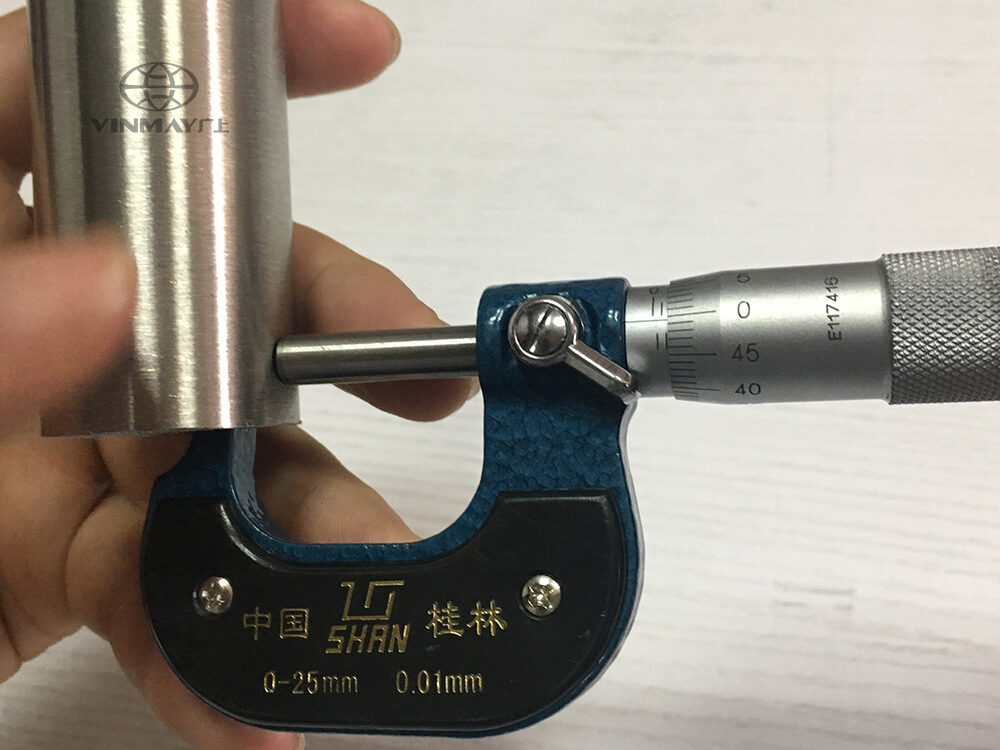
Metric stainless steel round pipe size provides a standardized and precise approach for measuring stainless steel round tubes, guaranteeing compatibility across global industries. This method offers significant advantages in terms of both efficiency and interoperability. By adhering to a unified metric system, stainless steel round pipe manufacturers and suppliers can guarantee a perfect fit for components, which is pivotal in industries where precision is paramount, such as in aerospace and automotive manufacturing.
The use of metric measurements in the production of stainless steel round tubes facilitates smooth production workflows. It simplifies the engineering process by eliminating the need for constant conversion between measurement systems, thereby reducing the potential for errors and mismatches in specifications. This streamlined approach not only enhances the manufacturing efficiency but also accelerates the overall speed of production cycles.
For customers, the metric system enhances convenience by providing clarity and predictability in product specifications. It also has broad global applications, allowing for seamless integration of parts and machinery across different regions without the complexities of unit conversions.
This global standardization is essential for companies operating in multiple countries, ensuring that their products meet international standards and are compatible with systems worldwide, hence fostering smoother international operations and collaborations.
Adopting metric sizing streamlines international collaboration by standardizing measurements across industries and borders. The metric system, recognized as a global standard, is essential in uniting various sectors by providing a consistent, clear, and efficient method of stainless steel round pipe size measurement. This uniformity is vital not only for maintaining quality and accuracy but also for enhancing efficiency in production and design processes.
Here are key reasons why metric sizing is indispensable:
Metric advantages: The simplicity of a base-10 system makes calculations easier and reduces the likelihood of errors, which is pivotal for high-precision industries like aerospace and pharmaceuticals.
Conversion benefits: Using a singular measurement system eliminates the need for conversions, thereby avoiding potential mistakes and saving valuable time, especially in complex projects involving international partners.
Global standard: Metric sizing facilitates seamless integration between products sourced from different countries, ensuring compatibility and interoperability in international projects.
Industry applications: Many industries have adopted the metric system because it streamlines manufacturing processes, improves communication, and expedites logistics, from automotive to construction and beyond.
Ultimately, the time-saving metric approach not only simplifies international trade but also enhances productivity across diverse industrial landscapes.
To sum up, the metric sizing of stainless steel round pipes plays a crucial role in standardizing industrial operations worldwide. This system not only streamlines the manufacturing processes but also guarantees compatibility and precision across various applications.
The shift to metric measurements is like finding direction using the stars; it offers a dependable and universal reference for improving efficiency and promoting advancements in engineering and construction industries globally.
Deciphering the Dynamics: Unraveling Stainless Steel Round Tube Prices
The Comprehensive Guide of Stainless Steel Welded Round Tube
